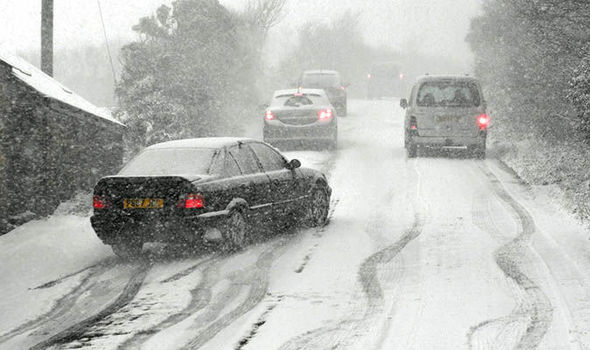When a moving car encounters a patch of ice the brakes are applied. Why is it desirable to keep the wheels rolling on the ice without locking up?
Don't forget to check your email for the activation link. Otherwise, you will not be able to login until you activate your account.


Static friction is greater than kinetic friction.
Static friction exists if the wheels keep rolling on the ice without locking up, resulting in maximum braking force. However, if the wheels lock up then kinetic friction takes over since there is relative slipping between wheel and ice. This reduces the braking force and the car takes longer to stop.
Anti-lock braking systems (ABS) on a vehicle prevent the wheels from locking up when the brakes are applied, thus minimizing the amount of time it takes for the vehicle to reach a complete stop. Also, by preventing the wheels from locking up you have greater control of the vehicle.
High pressure due to the moving wheels reduces the melting points of ice,ensuring that the wheels can move again after the ice breaks into water.
When wheels are locked pressure is applied on ice and ice melts making surface very slippery.
To maintain pressure which lowers the melting pont,hence melting the ice and clear the way.